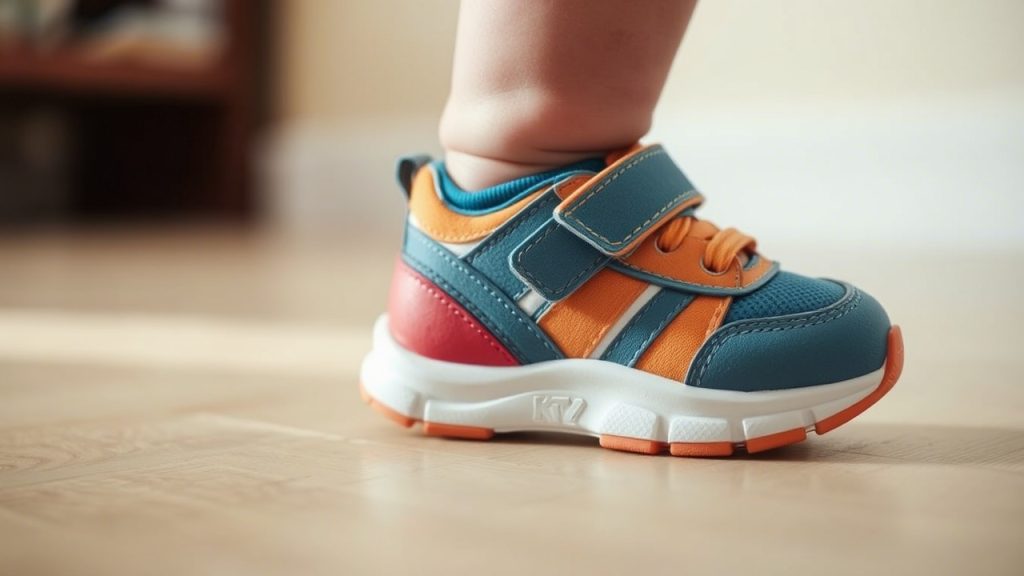When toddlers are learning to walk, run, and climb, their feet are developing quickly. It’s essential to let their feet move as naturally as possible to build strength, balance, and coordination. Choosing the best toddler shoes for natural movement can make a huge difference in supporting their healthy growth and overall confidence.
We’ll walk you through the top shoes that encourage natural movement, flexibility, and comfort — helping your toddler explore the world with ease and joy.
Why Natural Movement Matters for Toddlers
Toddlers’ feet are still forming. Their bones are soft, their arches are developing, and their balance skills are just beginning to emerge. Restrictive shoes can interfere with natural muscle development and coordination.
Choosing shoes that encourage natural movement means looking for options that are:
- Flexible and bendable
- Lightweight
- Minimalist in design
- Wide in the toe box to allow toe splay
- Breathable and comfortable
The goal is to protect their feet without restricting their natural motion.
17 Best Toddler Shoes for Natural Movement
1. Stride Rite Soft Motion Artie Sneaker
Why it’s great:
Designed specifically for early walkers, these sneakers are ultra-flexible and have rounded soles for easy transitions.
Features:
- Soft memory foam footbed
- Rounded edges for stability
- Flexible outsoles
Best for: Early walkers developing balance

2. See Kai Run Stevie II Sneakers
Why it’s great:
With a wide toe box and ultra-flexible soles, these sneakers allow toes to move naturally.
Features:
- Lightweight construction
- APMA-approved
- Breathable canvas material
Best for: Everyday wear and active play
3. Bobux Xplorer Origin Shoes
Why it’s great:
Bobux designs shoes to mimic the barefoot experience while still offering protection.
Features:
- Stretchy elastic ankle for easy fit
- Ultra-lightweight and flexible
- Soft leather upper
Best for: Toddlers transitioning from crawling to walking
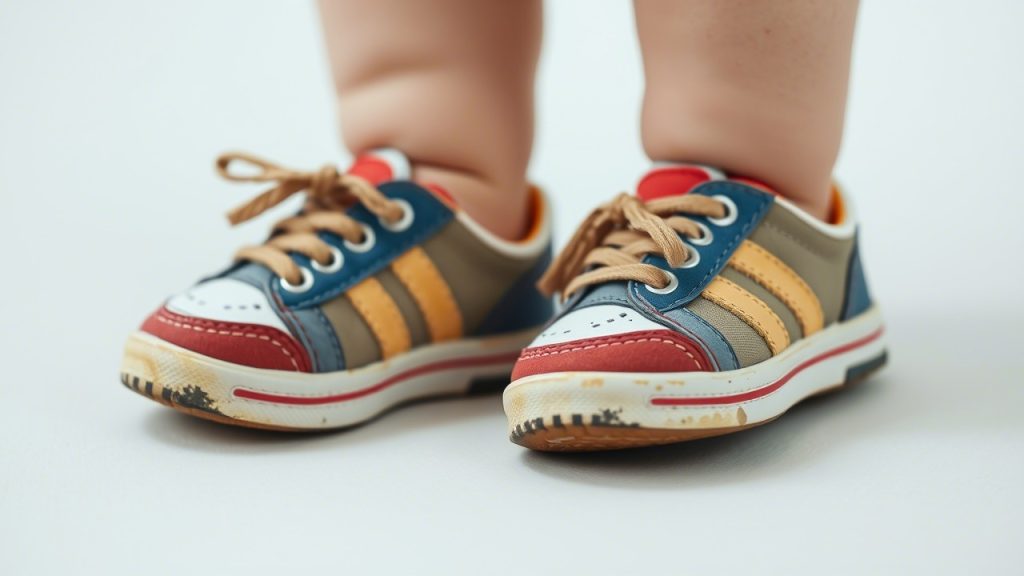
4. Ten Little Everyday Original Shoes
Why it’s great:
These shoes have a foot-shaped design that supports natural movement and growth.
Features:
- Zero-drop sole
- Personalized fit stickers included
- Vegan and breathable materials
Best for: Promoting healthy foot development
5. Merrell Bare Steps Sneaker
Why it’s great:
Barefoot-inspired design with extra-wide toe boxes and flexible soles, ideal for free movement.
Features:
- Flexible, non-restrictive sole
- Adjustable fit
- Durable rubber outsole
Best for: Outdoor exploration and adventurous walks
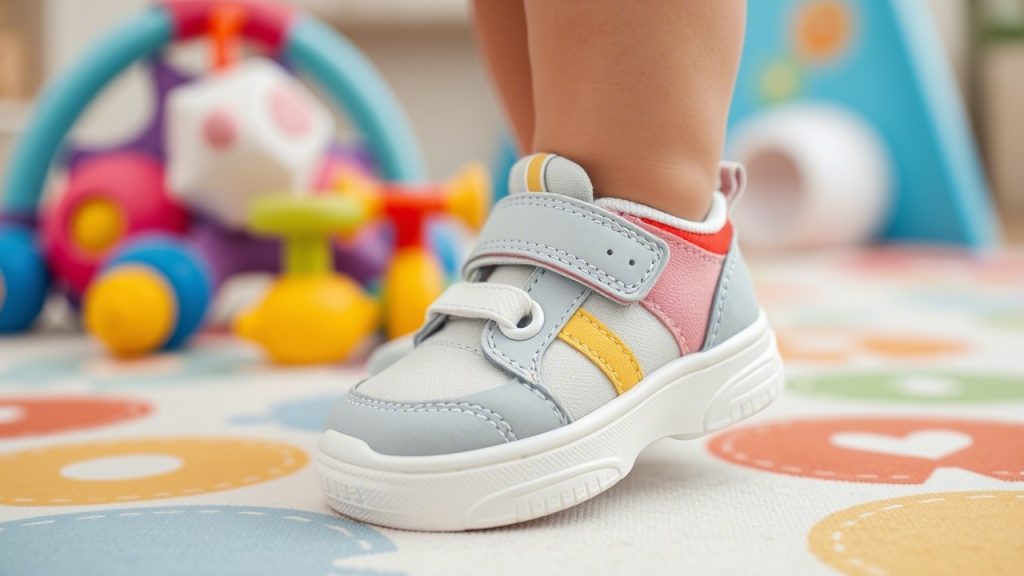
6. Vivobarefoot Primus Sport II Mini
Why it’s great:
Vivobarefoot is known for its minimalist designs that support natural foot function.
Features:
- Ultra-thin, puncture-resistant sole
- Wide toe box
- Eco-friendly materials
Best for: Serious barefoot feel and adventurous kids
7. Native Shoes Jefferson
Why it’s great:
These flexible slip-ons are breathable and lightweight, making them great for spontaneous play.
Features:
- Water-resistant EVA
- Lightweight and odor-resistant
- Easy to clean
Best for: Water play and summer outings
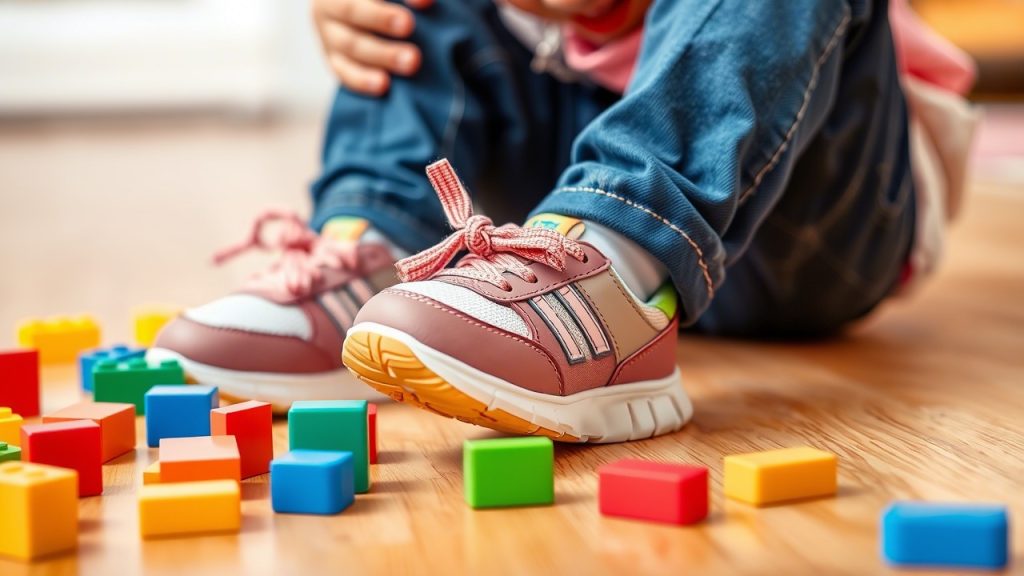
8. Robeez First Kicks
Why it’s great:
These soft-soled shoes are close to being barefoot while offering a bit of protection for early walkers.
Features:
- Soft suede sole for flexibility
- Easy slip-on design
- Elasticized ankle
Best for: Indoor use and first steps
9. Tsukihoshi Racer Sneakers
Why it’s great:
These sneakers are ultra-light and flexible, promoting natural foot movement.
Features:
- Machine washable
- Anti-bacterial insole
- Wide toe box
Best for: Active toddlers needing lightweight shoes
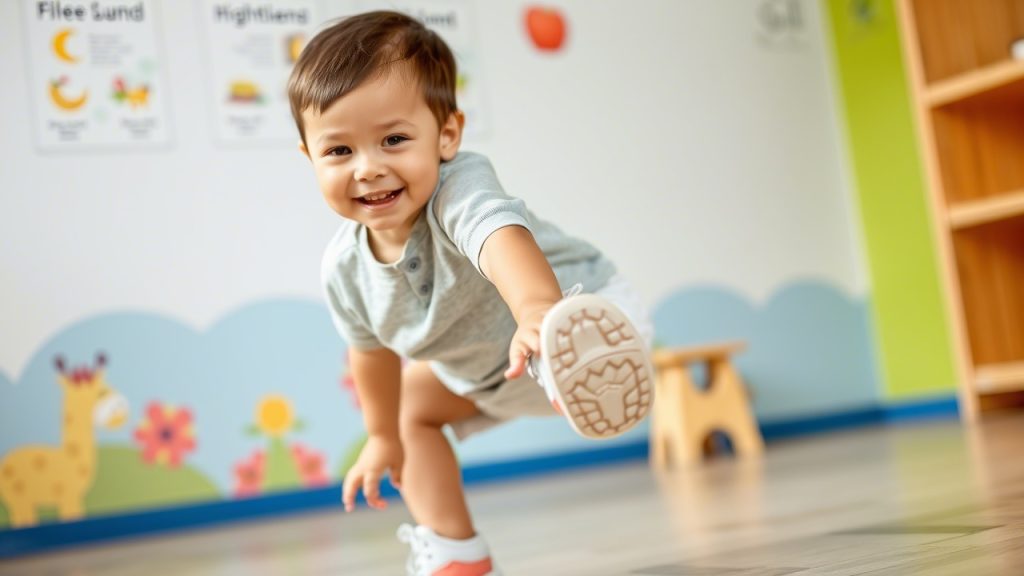
10. Jack & Lily My Shoes
Why it’s great:
Soft, flexible, and designed to mimic barefoot walking, these shoes are great for indoors and gentle outdoor use.
Features:
- Handcrafted, breathable leather
- Flexible rubber sole
- Slip-on style with Velcro closure
Best for: Gentle walks and indoor play
11. KEEN Seacamp II CNX Sandals
Why it’s great:
These sandals allow for free toe movement while offering protection against rough terrain.
Features:
- Water-friendly construction
- Secure fit lace capture system
- Lightweight design
Best for: Water parks and summer hikes
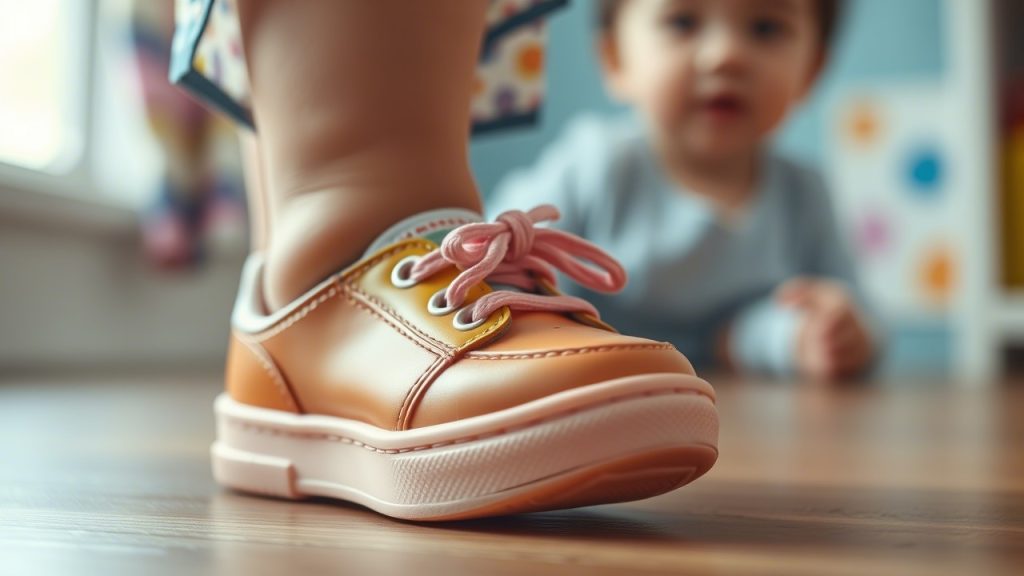
12. Pediped Originals Adrian
Why it’s great:
Pediped shoes have soft, flexible soles ideal for developing feet.
Features:
- Breathable leather upper
- Flexible, soft rubber sole
- Velcro closures for easy adjustment
Best for: Daily use and playground trips
13. Old Soles Pave Infant/Toddler Shoes
Why it’s great:
These fashionable and functional shoes offer flexibility and room to move naturally.
Features:
- All-leather design
- Elastic laces and Velcro strap
- Breathable lining
Best for: Style-conscious toddlers and parents
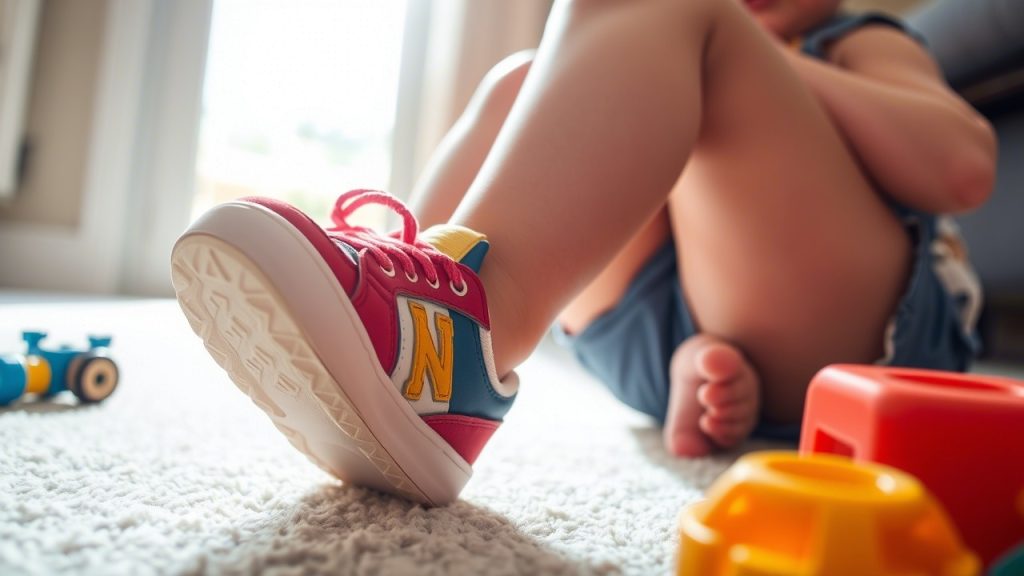
14. Stride Rite SRTech Elliot Boot
Why it’s great:
This boot offers protection without sacrificing natural movement thanks to flexible outsoles.
Features:
- Premium leather
- Sensory pods for ground feel
- Flexible midsole
Best for: Cooler weather and stylish outfits
15. Softstar Shoes Roo Moccasin
Why it’s great:
True minimalist moccasins that allow your child’s feet to move freely while staying protected.
Features:
- Handmade in the USA
- Soft, durable leather
- Barefoot feel
Best for: Natural movement enthusiasts
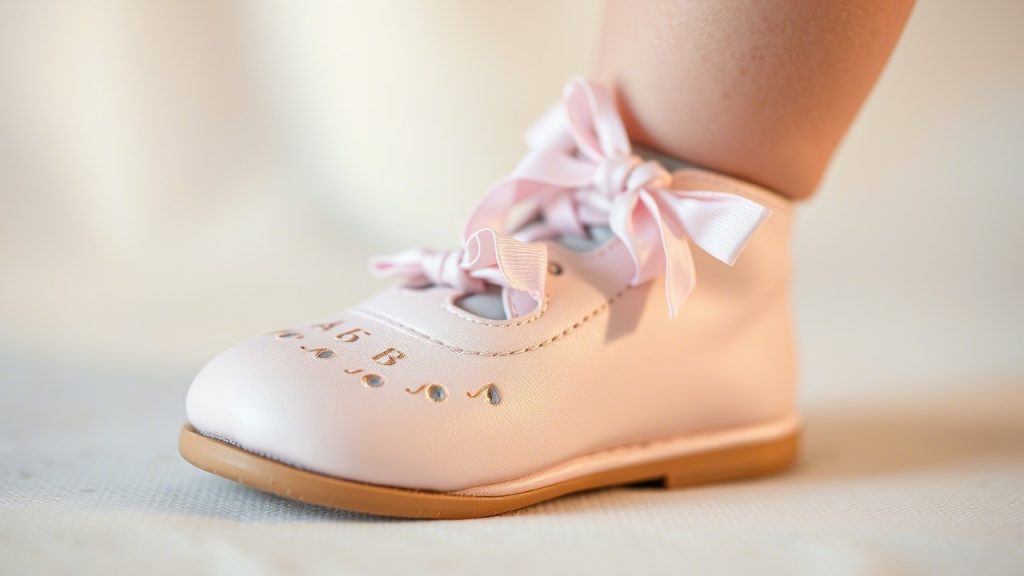
16. Livie & Luca Ruche Mary Jane
Why it’s great:
This adorable shoe offers flexibility, lightness, and enough space for natural toe spread.
Features:
- Flexible rubber sole
- Hook-and-loop closure
- Breathable leather
Best for: Dress-up occasions without sacrificing comfort
17. Skechers Kids Comfy Flex Sneakers
Why it’s great:
Lightweight and cushioned, these sneakers promote easy, natural foot movement for toddlers.
Features:
- Air-cooled memory foam insole
- Flexible traction outsole
- Easy slip-on design with stretch laces
Best for: Busy days full of walking and play
9 Frequently Asked Questions
1. What does “natural movement” mean for toddler shoes?
Natural movement shoes allow toddlers’ feet to move freely and develop strength, balance, and coordination naturally, without stiff soles or tight spaces.
2. How can I tell if a shoe allows natural movement?
Look for shoes that are lightweight, flexible, have a wide toe box, and minimal or no heel rise (zero-drop).
3. Are barefoot shoes good for toddlers?
Yes, barefoot or minimalist shoes are excellent for toddlers as they encourage natural walking mechanics and healthy foot development.
4. How often should I replace toddler shoes?
Since toddlers grow quickly, you should check their shoe fit every 2–3 months and replace shoes as needed.
5. Should toddler shoes have arch support?
Typically, toddlers do not need strong arch support. A flexible, flat sole is better for natural arch development.
6. Are soft-soled shoes better than hard-soled shoes?
Soft-soled or flexible shoes are better for promoting natural movement in toddlers compared to rigid, hard-soled options.
7. What materials are best for natural movement shoes?
Breathable materials like leather, mesh, or soft synthetics are best because they move easily with the foot and prevent overheating.
8. Can toddlers wear slip-on shoes for natural movement?
Yes, as long as they fit securely and have a flexible sole that allows free movement.
9. What size should I buy to ensure healthy development?
Choose a size that leaves about a thumb’s width of space at the front of the shoe for toe wiggle room and growth.
Conclusion
Finding the best toddler shoes for natural movement is one of the best things you can do for your child’s growth, strength, and confidence. Toddlers need shoes that protect their feet without limiting their natural ability to explore and move.
By choosing flexible, breathable, and lightweight shoes like the 17 options listed above, you give your child the foundation they need to grow up strong, balanced, and full of adventurous spirit.

